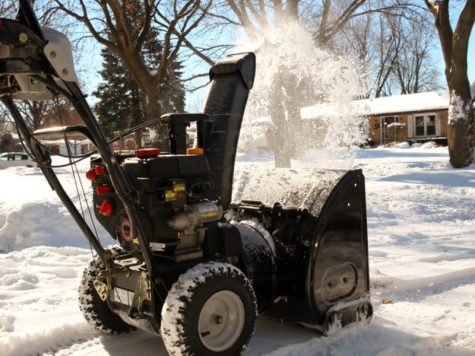Polar temperatures paralyze parts of the country
February 6, 2019
A polar vortex has come and gone in the first few weeks of 2019. Dropping temperatures as low as -27 degrees in Minneapolis, strong winds made it feel as low as 50 degrees below zero in some parts of the country.
The polar vortex is a circulation of strong winds that normally surround the north pole of the earth. These winds keep the freezing cold temperatures of the north pole within the Arctic region. Sometimes, displaced air from other parts of the world can find its way up to the pole and literally “split” the vortex.
Causing winds to drop much farther South than they normally do, spreading bitter temperatures across North America, Europe, or Asia. That’s exactly what happened to the Midwestern and Northeastern United States last week.
The polar vortex split, causing temperatures in regions to drop to near-arctic temperatures. Combined with snow that fell across the Midwest, this had many implications for the millions of people combined that live in these regions.
Residents were urged to stay inside, with many colleges and schools across the Midwest canceling classes until the temperatures warmed. Homeless individuals were offered warming shelters, but numerous frostbite cases and deaths were still seen. Several people were found dead even from short walks outside their residences, including an 18-year-old student who was found unresponsive near their dorm and later died at a hospital.
Over 2,300 flights were canceled and 3,500 were delayed as the bitter cold froze up operations at international airports. A gas company in Michigan, suffering from fire, appealed to its customers to turn down their thermostats so enough gas could be supplied to everyone in the region.
CBS News reported that, in 2014, a similar Polar Vortex cost the country an estimated $5 billion dollars.
The polar vortex lost its freezing grip on the nation on Friday. Temperatures in Hartford are predicted to be in the high 40s and low 50s this week, effectively ending the 2019 invasion of arctic weather.










